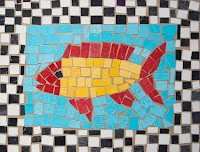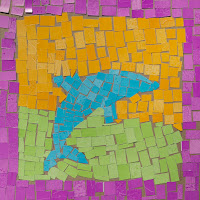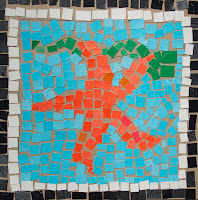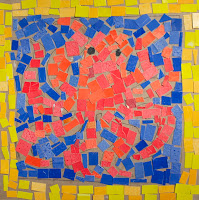








Basic to advanced art skills taught to children and young adults. All lessons are taught from my home once a week. Classes are ongoing. Cost is $18 per lesson and they last 1 1/2 hours. Each additional sibling is $12 per lesson. Maximum 5 students. K-12th Grade Art Education Curriculum.
ALL FUTURE CLASSES HAVE BEEN CANCELLED DUE TO AN UNEXPECTED MEDICAL ISSUE.
· Students will learn to draw favorite animals, people, and objects using different mediums.
· More advanced students will draw from three dimensional objects, illustrations, portraits, etc.
· Introduced to a new subject matter and exercises each week.
· Exposed to art history and styles such as realism, abstract, impressionism, classical, fauvism, etc.
· Instructed in color theory, perspective and composition.
· Classical music is played during class.









































